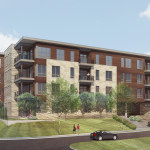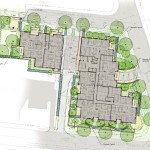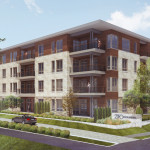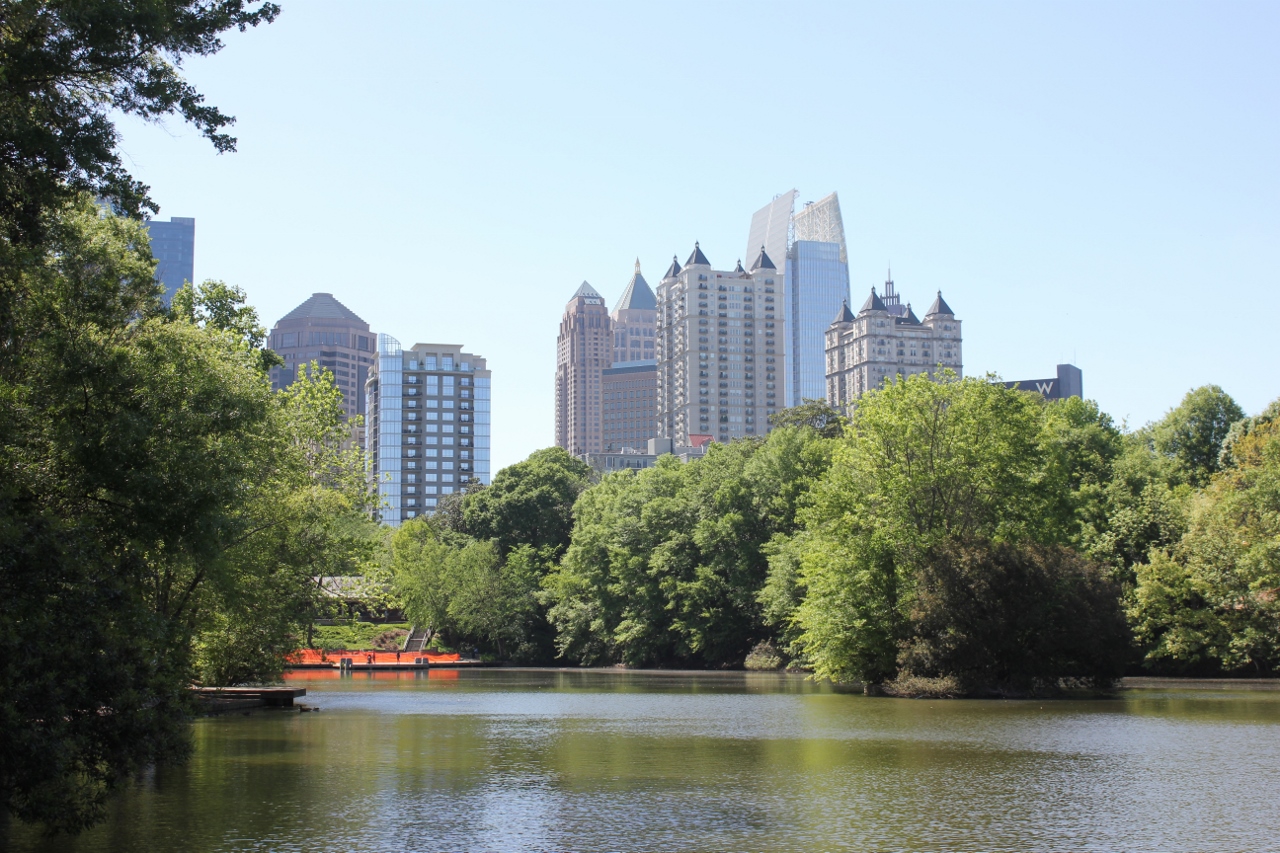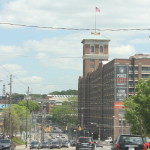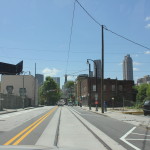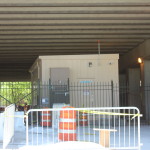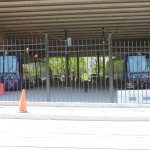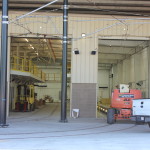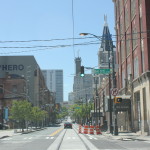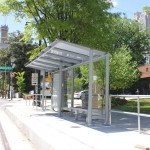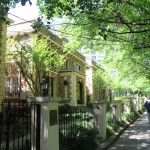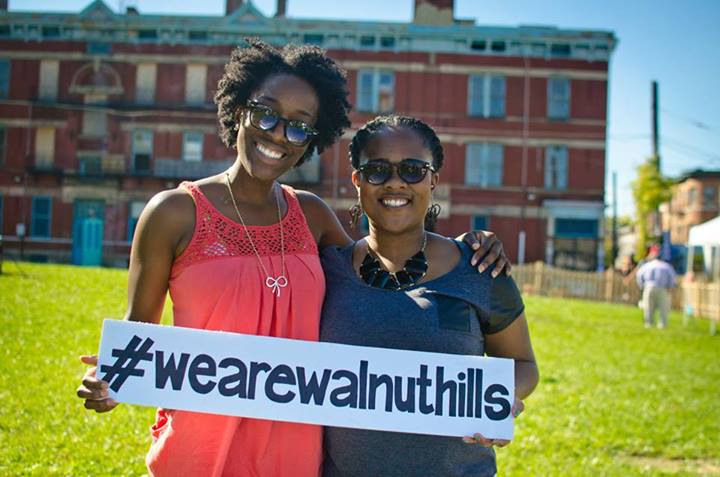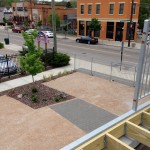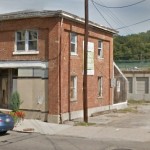Developers are aiming to break ground on a $35 million condo building in Hyde Park this week, following a months-long demolition effort that began in late October and cleared the site of five existing buildings, some of which dated back 80 years.
Greiwe Development and North American Properties (NAP) say that the demolition work cleared the way for what will become a modern four-story building that will house 30 luxury condominiums at the corner of Observatory Avenue and Shaw Avenue in Hyde Park.
Named 2770 Observatory, the development will also include a 77-space underground parking level accessible from Shaw Avenue.
The development will boast some of the priciest new residences in the region, with units priced between $700,000 and $2 million.
“Hyde Park combines the sophisticated lifestyle of Cincinnati’s premier neighborhood with the exciting air of arts, innovative restaurants and blocks of unique shopping,” said Rick Greiwe, principal of Greiwe Development.
Not everyone is thrilled about the luxurious direction in which Hyde Park continues to head. Former residents expressed frustration to UrbanCincy, saying they were given notice to vacate their apartments “by the end of the month” so that demolition work could proceed.
Over the years, this transition has led to a migration of priced-out Hyde Park residents to seek more affordable options nearby in Oakley, East Hyde Park or Evanston.
Griewe, however, says that the vibrancy of Hyde Park Square is part of what drew his development team to this location, and that the active and engaging lifestyle of city living is what is appealing to his firm.
Both Montgomery and downtown Cincinnati are locations where Greiwe says they would like to do additional work.
The announcement of 2770 Observatory comes as a wave of residential infill projects have been sweeping across Cincinnati’s neighborhoods. Thousands of new residential units are either currently under construction or planned to get started soon in Northside, Walnut Hills, Downtown, Over-the-Rhine, College Hill, Corryville, Clifton Heights, Columbia Tusculum and Avondale.
Instead of the residences being rentals, as is the case for most other projects around the region, 2770 Observatory follows in the footsteps of 2801 Erie Avenue and Michigan Terrace, which were completed in 2009 and 2007, by injecting high-end condos into one of the city’s toniest neighborhoods.
Griewe Development has become known for high-end, urban residential projects. In Mariemont, the company has completed 106 units in the heart of the village. That overall development program has been built over four different phases including Emery Park, Nolen Park and Jordan Park.
The development team says that they are pursuing a LEED Silver certification for the Hyde Park project, and that it is being completed without any financial assistance from the City of Cincinnati.
Cincinnati-based GBBN worked as the lead architecture firm on the project, while Messer Construction has been selected to build it in conjunction with NAP. Construction work is expected to begin this week, with units becoming ready for occupancy in fall 2015.

